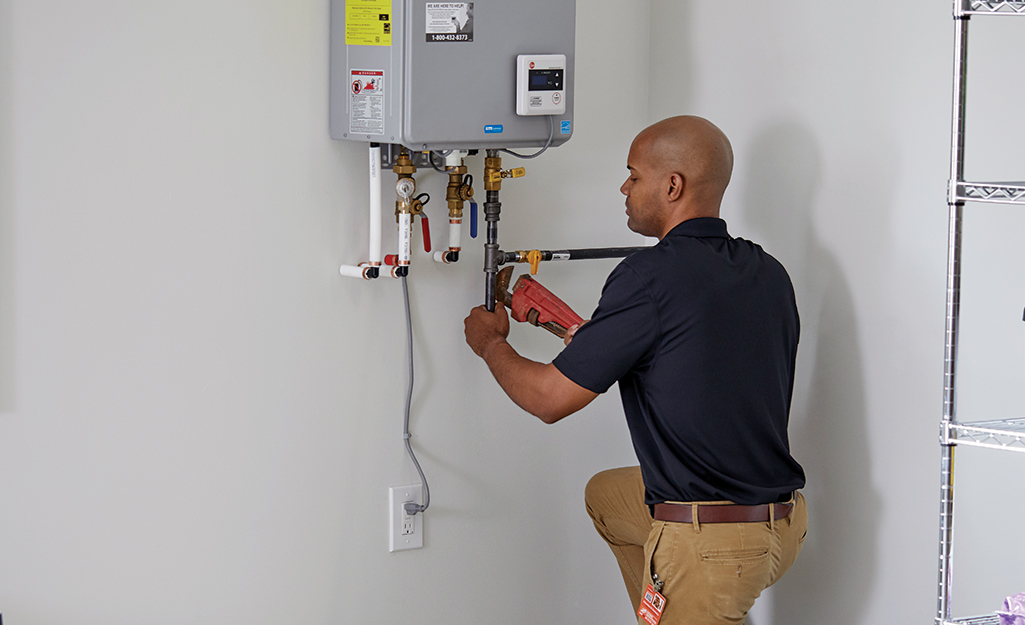Expert Guidance on Caring for Your Home's Hot Water System
Expert Guidance on Caring for Your Home's Hot Water System
Blog Article
They are making several good points on the subject of Water Heater Maintenance Tips You Can't Afford to Forget overall in this great article in the next paragraphs.

Hot water is essential for daily convenience, whether it's for a rejuvenating shower or washing dishes. To guarantee your warm water system runs effectively and lasts much longer, normal maintenance is key. This write-up provides functional suggestions and understandings on how to maintain your home's warm water system to avoid disturbances and expensive repairs.
Intro
Keeping your home's warm water system might appear difficult, but with a couple of simple actions, you can guarantee it operates efficiently for many years to come. This overview covers whatever from understanding your warm water system to DIY upkeep ideas and recognizing when to contact professional help.
Relevance of Preserving Your Warm Water System
Routine upkeep not only expands the life expectancy of your hot water system but additionally ensures it runs efficiently. Disregarding maintenance can bring about decreased performance, higher energy costs, and even early failing of the system.
Signs Your Warm Water System Demands Maintenance
Recognizing when your hot water system requires focus can avoid major problems. Keep an eye out for signs such as inconsistent water temperature level, strange noises from the heating unit, or corroded water.
Understanding Your Warm Water System
Prior to diving into maintenance tasks, it's handy to understand the fundamental components of your hot water system. Normally, this consists of the hot water heater itself, pipelines, anode poles, and temperature level controls.
Monthly Maintenance Tasks
Routine month-to-month checks can help capture small problems before they intensify.
Purging the Hot Water Heater
Purging your water heater removes sediment accumulation, improving performance and extending its life.
Monitoring and Changing Anode Rods
Anode poles avoid deterioration inside the tank. Evaluating and replacing them when broken is crucial.
Inspecting and Adjusting Temperature Settings
Changing the temperature setups makes sure optimum performance and safety.
DIY Tips for Upkeep
You can do several upkeep tasks on your own to keep your hot water system in leading problem.
Checking for Leaks
Consistently inspect pipelines and connections for leakages, as these can lead to water damage and higher expenses.
Checking Pressure Relief Valves
Examining the stress safety valve guarantees it works properly and avoids excessive stress build-up.
Shielding Pipelines
Shielding warm water pipes reduces warm loss and can save energy.
When to Call a Specialist
While do it yourself maintenance is useful, some concerns need expert competence.
Complex Issues Calling For Specialist Assistance
Examples include significant leaks, electrical troubles, or if your water heater is consistently underperforming.
Routine Specialist Maintenance Benefits
Specialist maintenance can consist of complete evaluations, tune-ups, and making sure compliance with safety and security criteria.
Final thought
Normal upkeep of your home's hot water system is essential for efficiency, long life, and expense savings. By adhering to these suggestions and knowing when to look for professional help, you can ensure a reliable supply of warm water without unforeseen interruptions.
How to Maintain an Instant Hot Water Heater
Before tinkering with your hot water heater, make sure that it’s not powered on. You also have to turn off the main circuit breaker and shut off the main gas line to prevent accidents. Also turn off the water valves connected to your unit to prevent water from flowing into and out of the appliance. 2. When you’re done, you have to detach the purge valves’ caps. These look like the letter “T†and are situated on either side of the water valves. Doing so will release any pressure that has accumulated inside the valves while at the same time avoid hot water from shooting out and burning your skin. 3. When the purge valves’ caps are removed, you have to connect your hosing lines to the valves. Your unit should have come with three hoses but if it didn’t, you can purchase these things from any hardware or home repair shops. You can also get them from retail stores that sell water heating systems. Read the user’s manual and follow it to complete this task properly. When the hosing lines are connected, open the purge port’s valves. 4. You should never use harsh chemical cleaners or solutions when cleaning your unit. Make use of white vinegar instead. It should be undiluted and you’ll probably use about 2 gallons. 5. Now flush your water heater. This task should probably take about 40 minutes. We can’t give you specific directions for this because the procedure is carried out depending on the type, model and brand of your heater. With that being said, refer to the user’s manual. 6. When you’re done draining the unit, you have to turn off the purge port valves again. Remove the hosing lines that you earlier installed on each of the water valves. Put the valve caps (purge port) back in their respective places and be very careful so as not to damage the rubber discs that are found inside these caps. 7. Now that everything’s back in place, check your user’s manual again to find out how to reactivate your water heating system. 8. Once it is working, turn one of your hot water faucets on just to let air pass through the heater’s water supply pipes. Leave the tap on until water flows smoothly out of it. https://www.orrplumbing.com/blog/2014/september/how-to-maintain-an-instant-hot-water-heater/
We were shown that article about Water Heater Maintenance Tips You Can't Afford to Forget through a good friend on another web property. Do you know about another person who is excited about the subject? Why not share it. I enjoy your readership.
Source This Article Report this page